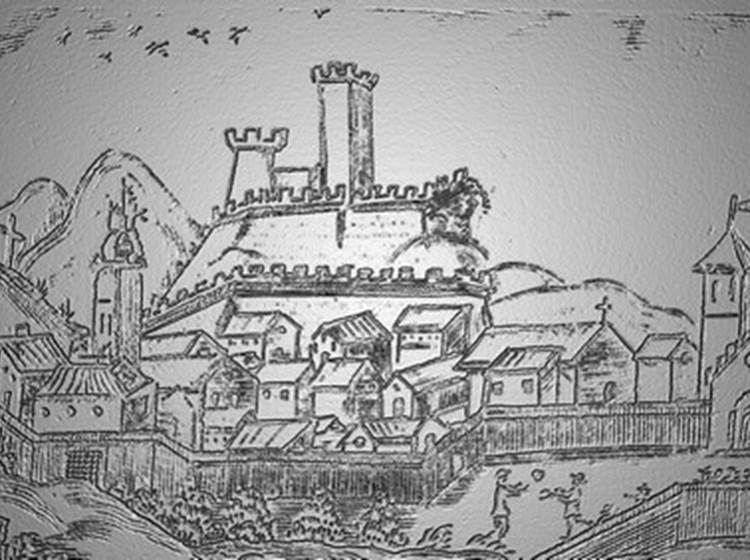
village Malaucène
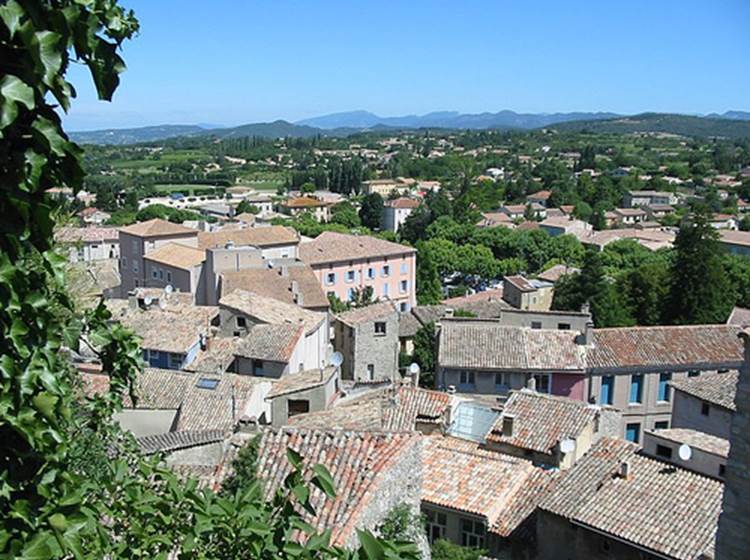
Malaucène vue du calvaire
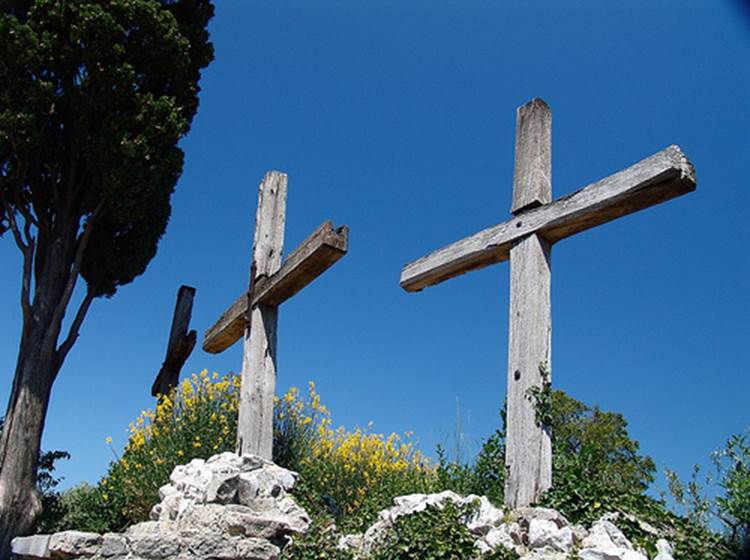
Calvaire 3
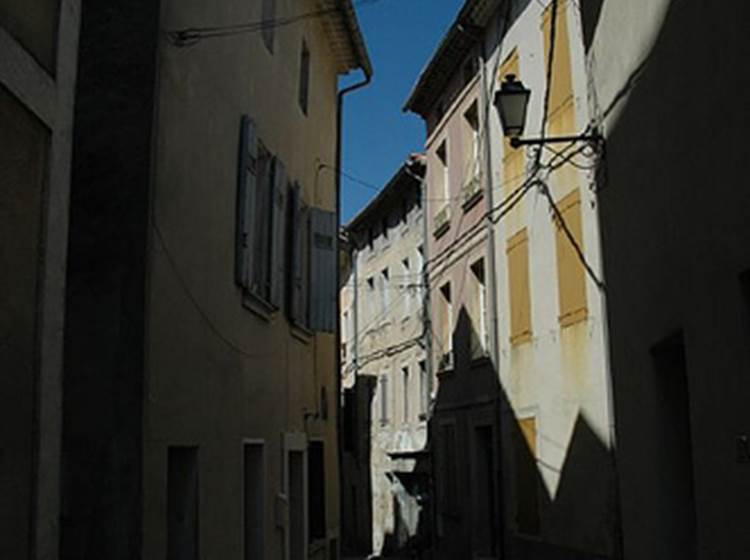
Maisons village 1
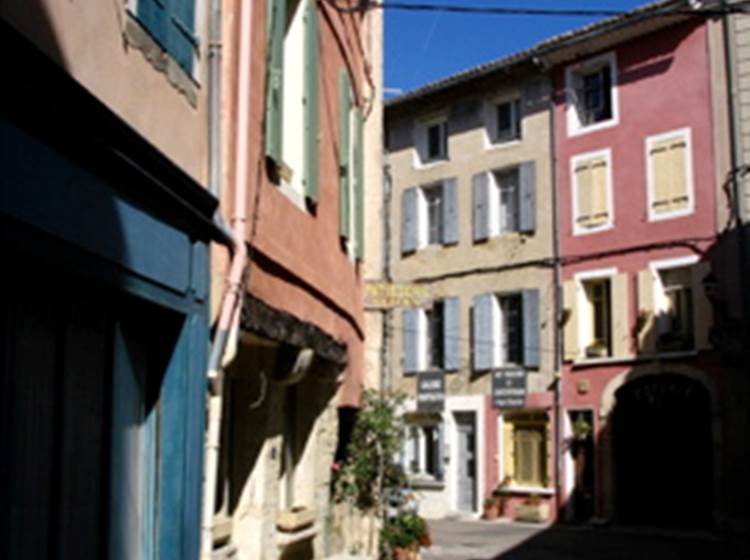
Maisons village 2
A picturesque stage before the ascent of Mont Ventoux
Malaucène is located in a pleasant valley surrounded by mountains, in the north of the Vaucluse department and bordering on the Drôme Provençale.
A large town steeped in history, the town of Malaucène is like a Russian doll.Layer by layer, after the more modern quarters on the outside, we then find the grand boulevards, where the old ramparts were. Bordered by restaurants, cafes and century-old plane trees that provide shade, it is there, on the Cours des Isnards, that the market takes place every Wednesday morning. And this for seven centuries. One of the oldest markets in Provence, it is also a real showcase for fresh local products: the famous cherries, asparagus, apricots.
Old fortifications, a few medieval gates still remain, such as the Porte Soubeyran, once the gibbet. Crossing them, we discover the village center, very old and otherwise lively with its old-style stalls.Continue further and by the Grande Rue, the Rue du Château, the semicircular row of houses which made the village a fortified place in the 14th century, you enter the Middle Ages, and its interior.
Although Malaucène is not a hilltop village, it has its hill, right in the heart of the old center and around which it developed in the 12th century.
At the time, a fortified castle was erected at the top. Abandoned and then dismantled stone by stone in the 18th century, the castle gave way to three crosses.A cobbled path punctuated by 13 oratories leads to the summit, now called Calvary. There a peaceful green place awaits you and offers you a panorama of the village, its red tiled roofs and its monuments.
The maze of narrow streets conceals beautiful houses with old doors, 17th century chapels and several fountains and washhouses from the 16th to the 19th century. The Saint Michel church was built in the 14th century by order of Pope Clement V. Rather austere from the outside but with a pretty bell tower, the inside is decorated with highly worked wood carving and a buffet organ in gilded wood, built in 1637 by Father Jean-Jacques POSALGUES. It was completely rebuilt by Charles BOISSELIN in 1712, with transfer of the sideboard to a new platform, it then has a 48-note keyboard and an 18-step pedal board. The Organ is classifiedin the Directory of Historical Monuments in 1970.
Attached to the south face, a stone bench has the reputation of being the longest in Europe.
The belfry with its wrought iron campanile, built between 1482 and 1532 and enhanced in 1762, served as a watchtower. The old clock was permanently replaced in the 1980s but the original can be seen at the town hall
A few hundred meters from the village on the road to Ventoux is the Notre Dame du Groseau chapel, the only vestige of a monastery founded in 684. It is believed that its frescoes were executed by Pope Clement V himself who stayed there between 1308 and 1314. A little further on, an esplanade precedes the Groseau source which owes its name to the Celtic god Groselos and the Grisélidis nymphs. By means of an imposing aqueduct, of which we can still see vestiges, the Romans diverted water to supply Vaison-le Romaine.
There are also many caves in the area, including the Grotte de Notre-Dame-des-Anges with 110m of accessible galleries and an underground lake and spring.
But most of the visitors, cyclists, climbers and hikers, come to Malaucène to face Mont Ventoux, ""pushed"", like Petrarch in 1336, ""only by the desire to visit a place renowned for its altitude"".
Copyright: avignon-et-provence.com

